Construction of a new canal called Pinglu, connecting Nanning, capital of China's Guangxi Zhuang Autonomous Region, with the Gulf of Tonkin, began on May 22, according to China Daily .
The Pinglu Canal, with a total length of 134.2 km, starts from the Xijin Reservoir in Hengzhou City and ends at Luowu Town in Lingshan District of Qinzhou City, where ships can reach the Gulf of Tonkin via the Qin River.
Save nearly 732 million USD/year
The Pinglu Canal project mainly includes the construction of waterways, transportation hubs, water conservancy facilities and supporting projects along the canal, with a total estimated cost of 72.7 billion yuan ($10.3 billion), according to China Daily . Construction of three inland waterway lock systems, which are the main components of the Pinglu Canal, has been underway since August 2022, and the first phase was completed in March.
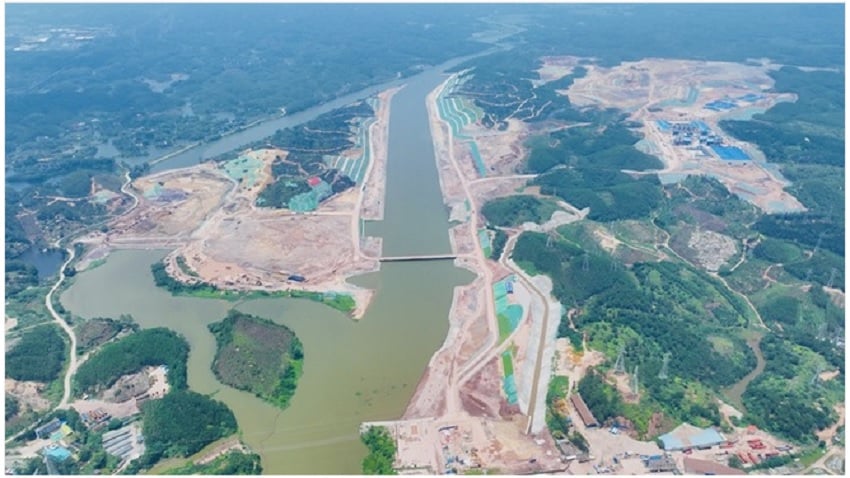
An aerial photo shows the construction of one of three inland waterway water lock systems for the Pinglu Canal in China's Guangxi Zhuang Autonomous Region.
China Daily screenshot
Officials said an estimated 340 million cubic meters of earth and rock will be cleared during the construction of the Pinglu Canal, three times the volume excavated to build China's Three Gorges Dam, the world's largest hydroelectric power plant, according to Nikkei Asia on May 30. "Work is underway around the clock" to meet the 2026 completion deadline, Li Xiaoxiang, an official at the construction site, told Nikkei Asia during a recent tour organized and supervised by Guangxi's foreign affairs office.
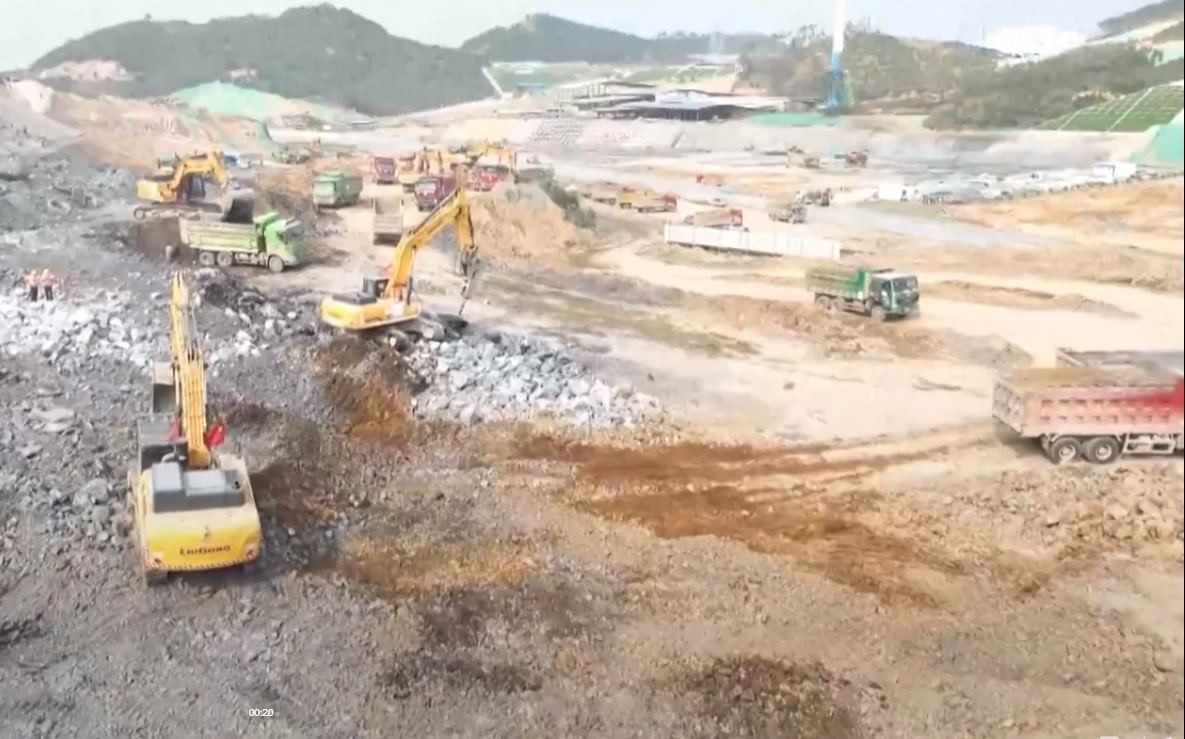
A project of Binh Luc canal construction
Photo from CGTN clip
Officials say that once completed, the Pinglu Canal will shorten the shipping distance from the inland river system to the sea by 560 kilometers compared to going through Guangzhou in Guangdong Province. This will save up to 5.2 billion yuan (nearly $732 million) a year, according to Li. In addition, the Pinglu Canal will not only aid the development of the region but also become the shortest and most convenient seaport in southwest China, according to China Daily .
Help boost China-ASEAN trade?
Observers say the Pinglu Canal project highlights Beijing’s shift in focus to enhancing maritime connectivity for its Belt and Road Initiative. “That’s quite new,” said Yang Jiang, an expert on Chinese politics and economics at the Danish Institute of International Studies, noting that the Pinglu Canal was conceived as part of a 2019 plan to build a strong shipping nation.
Chinese officials also say the Pinglu Canal is aimed at boosting already growing trade with the 10 ASEAN countries, all of which along with China are part of the Regional Comprehensive Economic Partnership (RCEP) free trade agreement. They say the Pinglu Canal promises to help China reap even more benefits from RCEP, according to Nikkei Asia . Currently, ASEAN and China are each other's largest trading partners, with two-way trade rising 52% from 2019 to 2022 — far outpacing the 20% increase with the European Union (EU).
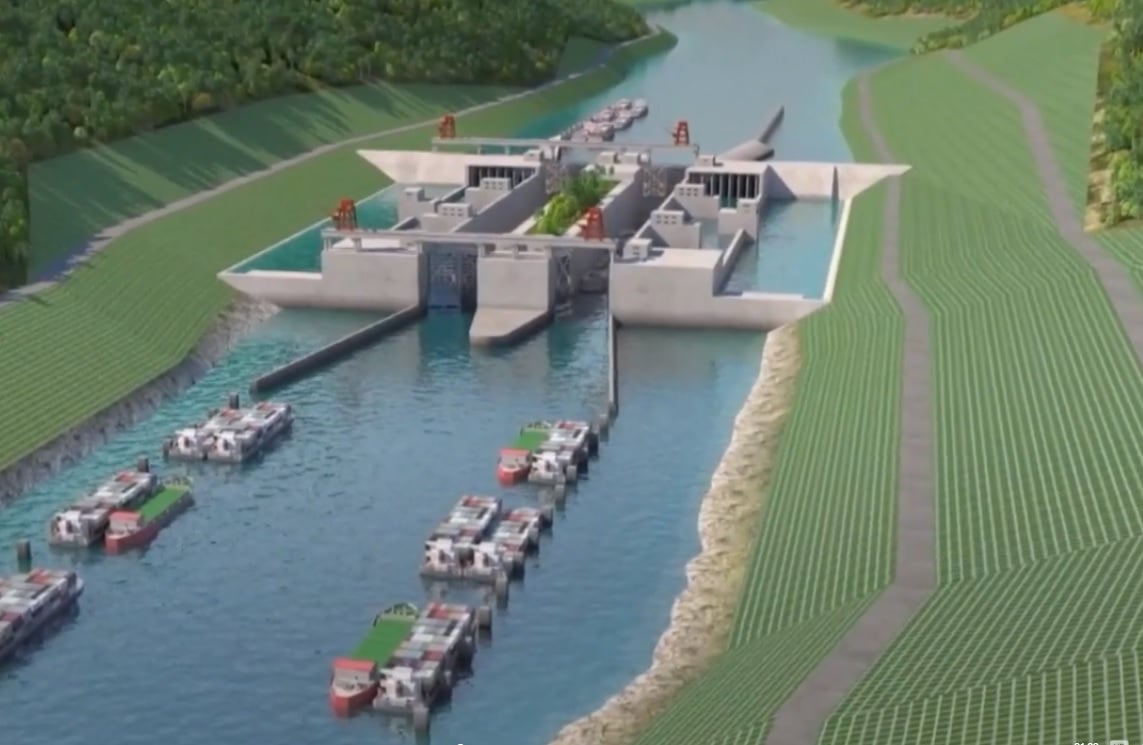
Model of the Binh Luc Canal under construction in Guangxi Zhuang Autonomous Region, China
Photo from CGTN clip
Meanwhile, Stephen Olson, a senior fellow at the Hinrich Foundation in Singapore, said that China's economy is much larger than any single ASEAN economy, and that creates leverage that can sometimes lead to unbalanced and unsustainable trade relationships, according to Nikkei Asia . Olson also expressed skepticism about efforts by both the US and China to draw ASEAN countries closer together. "For most ASEAN countries, their national interests are best served by not taking sides and maintaining strong economic and strategic ties with both," Olson said.
The Pinglu Canal is just one part of China's ambitious effort to create an efficient land-sea corridor, according to Nikkei Asia . About 40 kilometers from the construction site, a fleet of driverless trucks moves containers at the Qinzhou Automated Container Port.
Trucks roll toward a dock, where computerized cranes pick up containers and transfer them to a docked cargo ship. “Welcome to our smart port,” said a port official, the product of a 22-month upgrade that will be completed in June 2022.
Guangxi government officials said the emerging corridor has sped up logistics operations, speeding up shipments from the western Chinese city of Chongqing to Singapore from 22 days to seven days, according to Nikkei Asia .
Source link





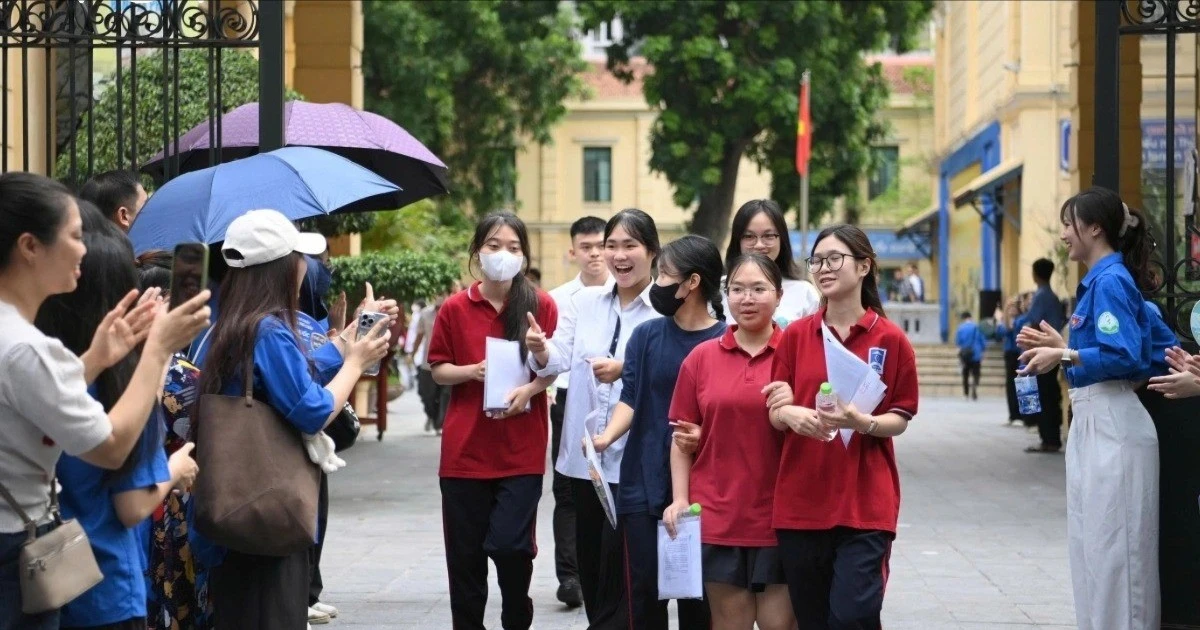

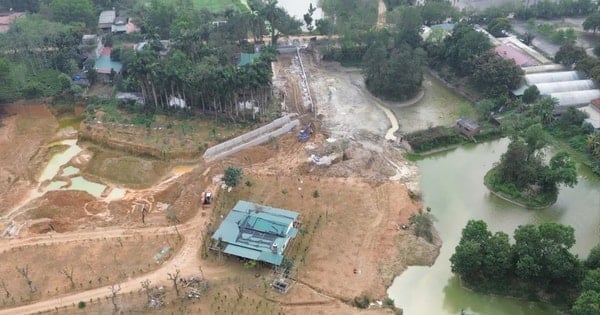



















![[Photo] An Phu intersection project connecting Ho Chi Minh City-Long Thanh-Dau Giay expressway behind schedule](https://vstatic.vietnam.vn/vietnam/resource/IMAGE/2025/8/21/1ad80e9dd8944150bb72e6c49ecc7e08)
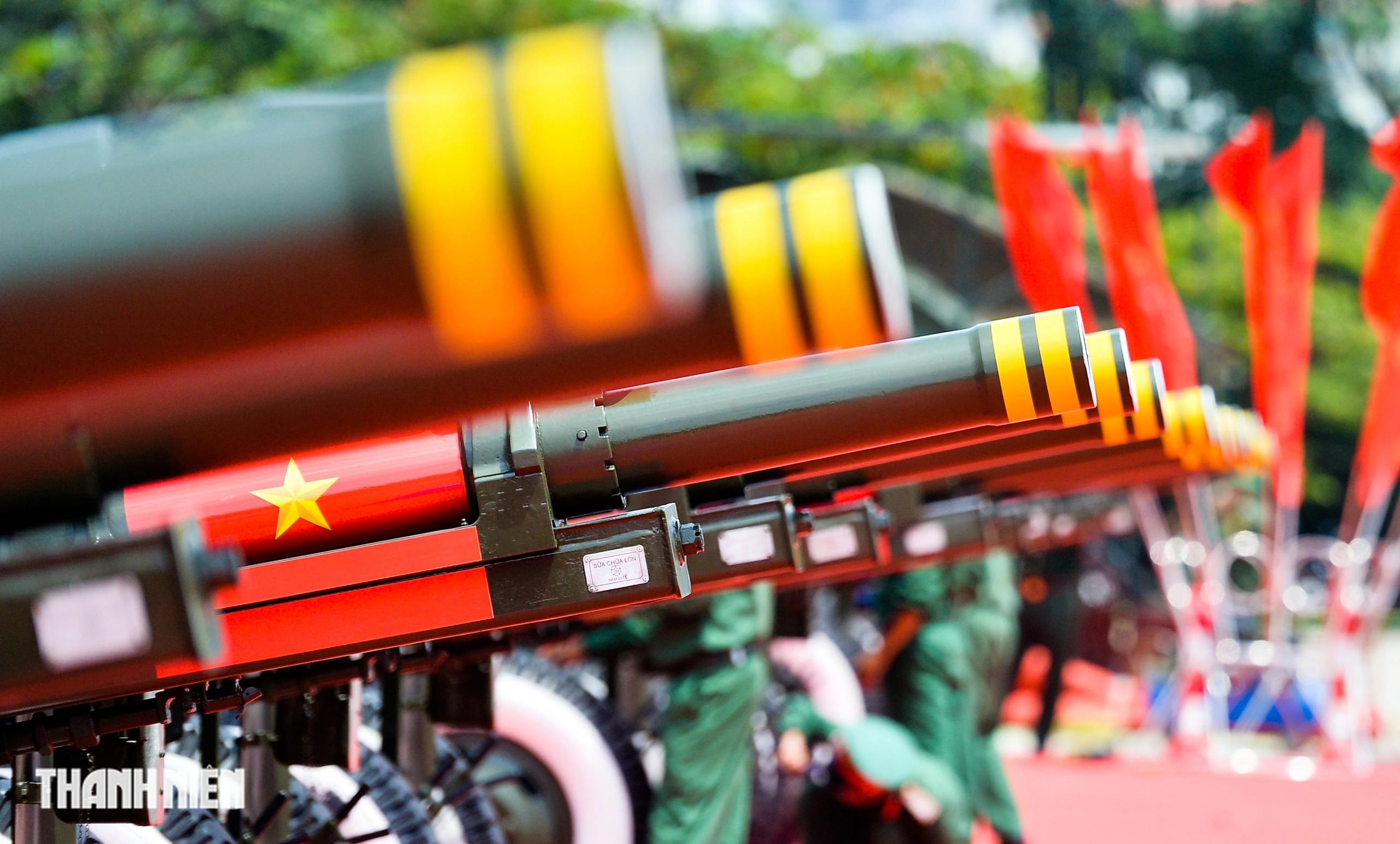




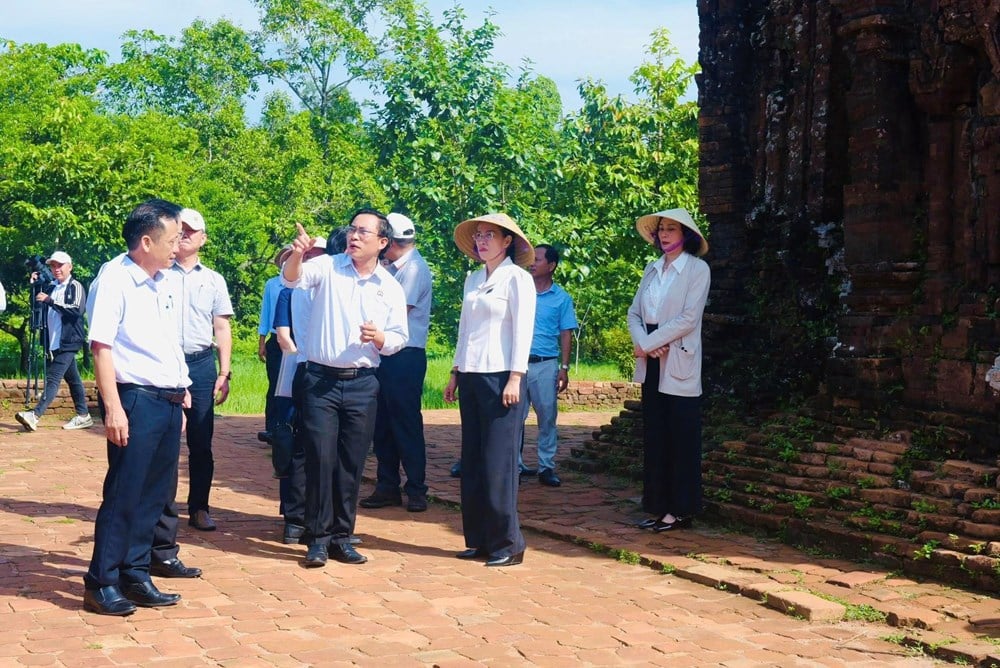



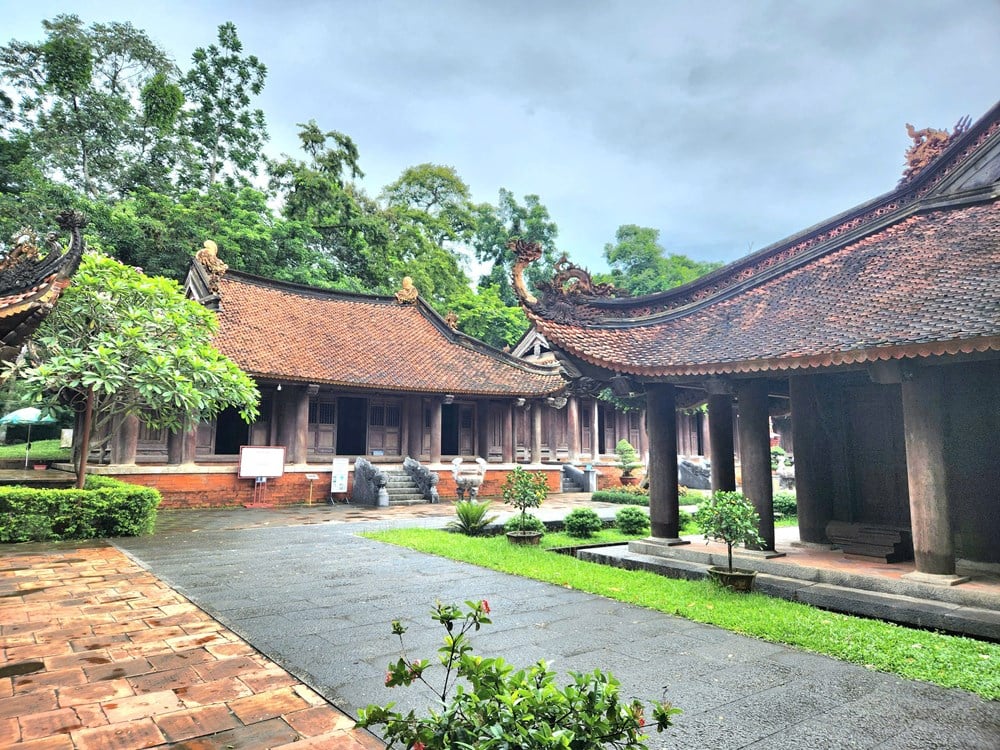
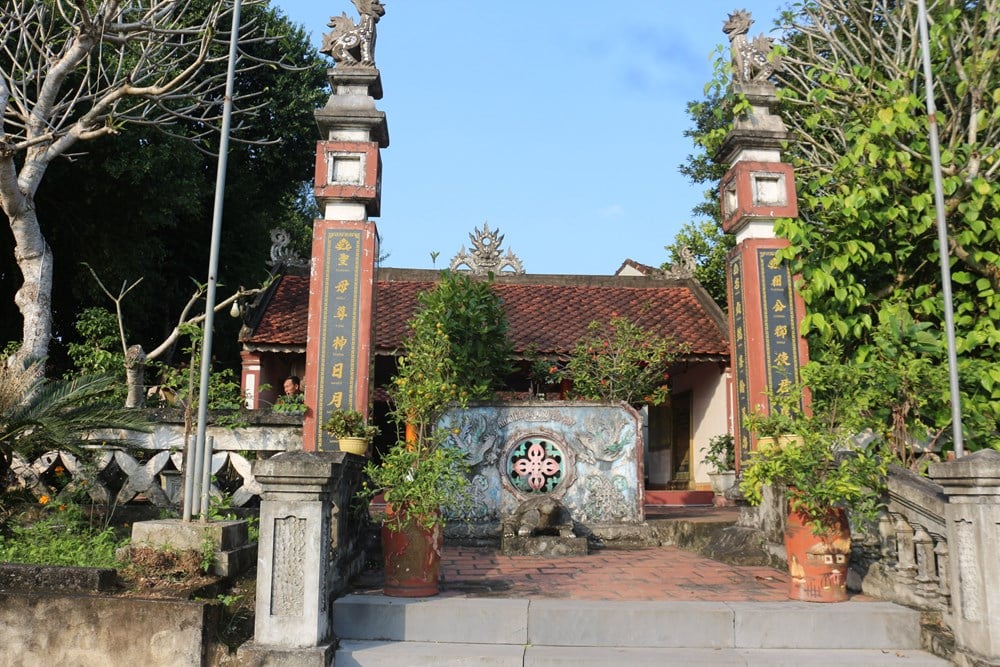













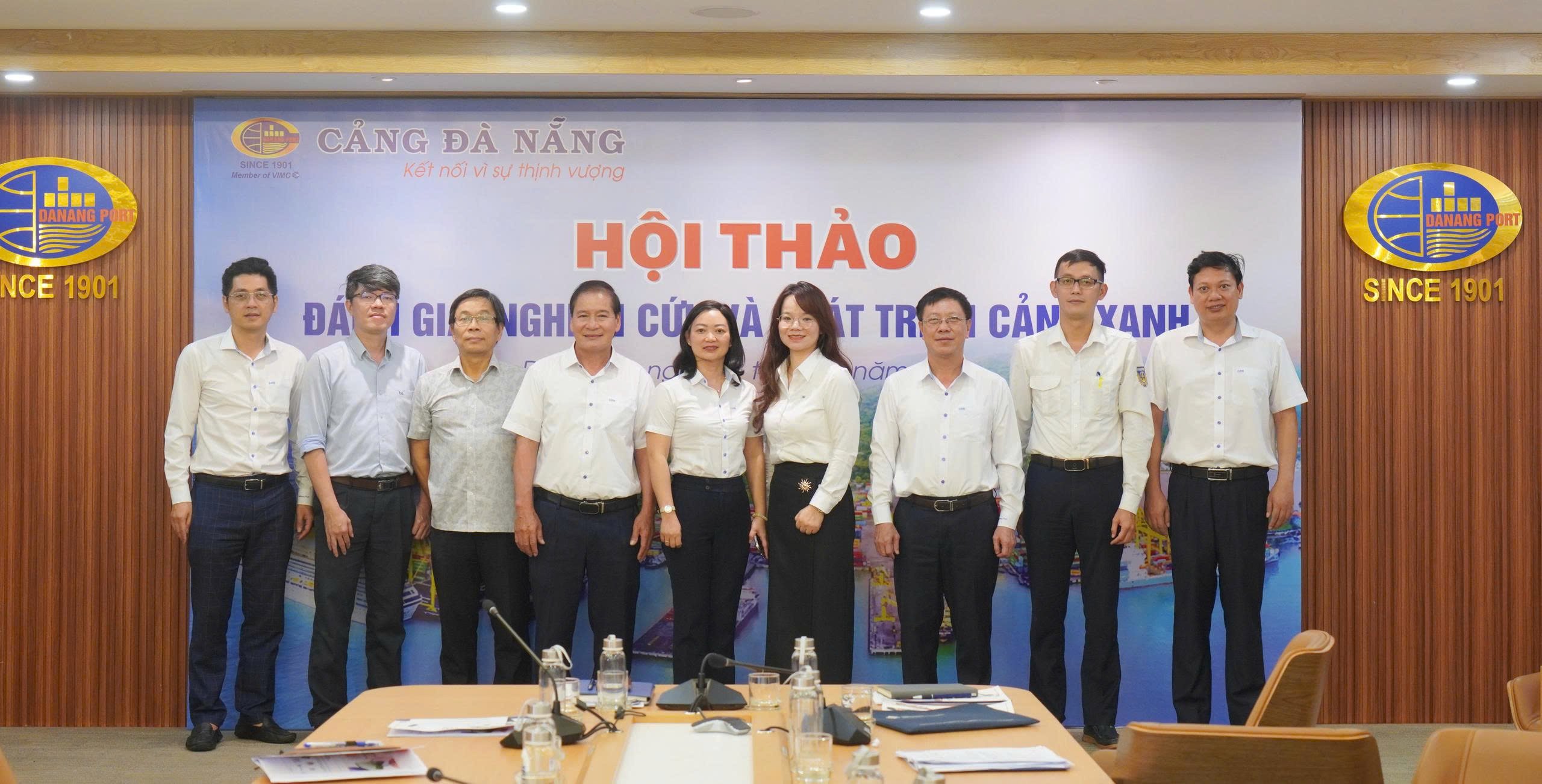



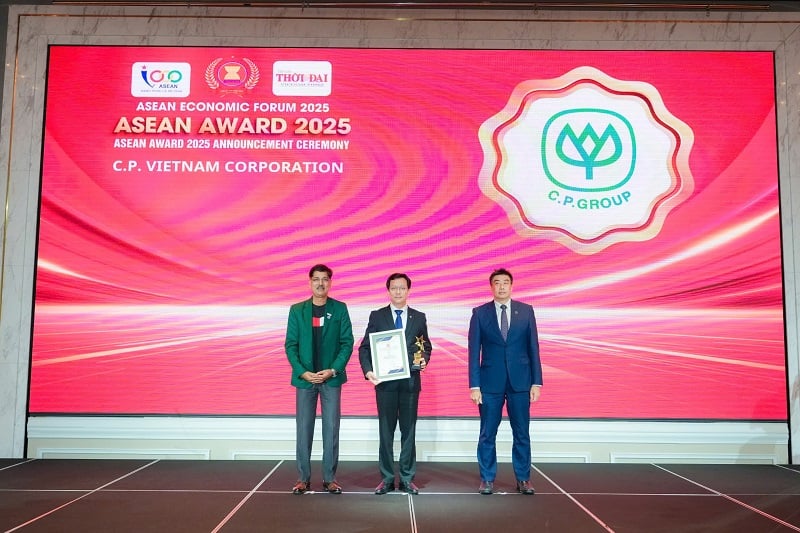


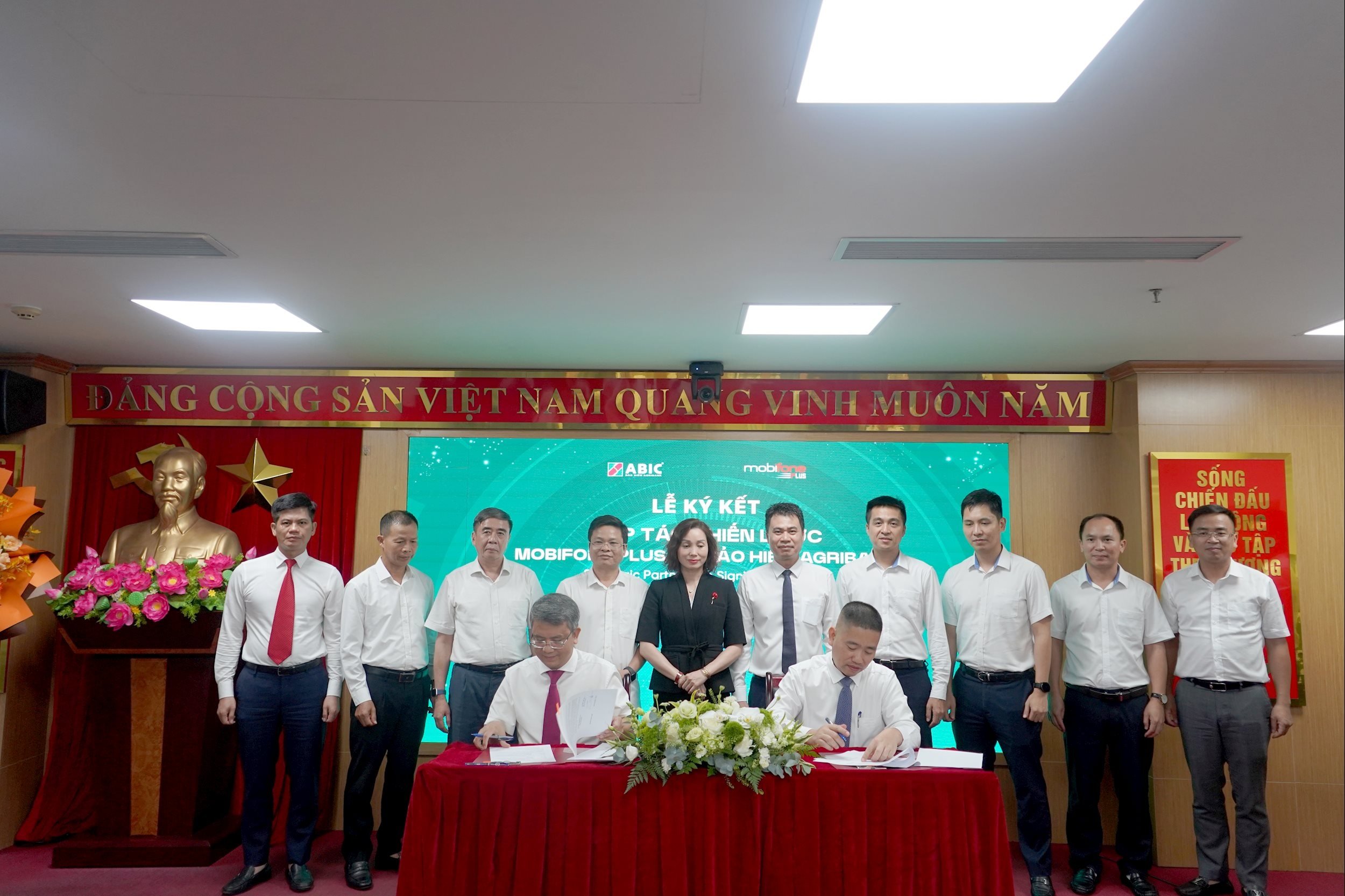



![[Photo] Politburo works with the Standing Committee of Hanoi Party Committee and Ho Chi Minh City Party Committee](https://vstatic.vietnam.vn/vietnam/resource/IMAGE/2025/8/21/4f3460337a6045e7847d50d38704355d)


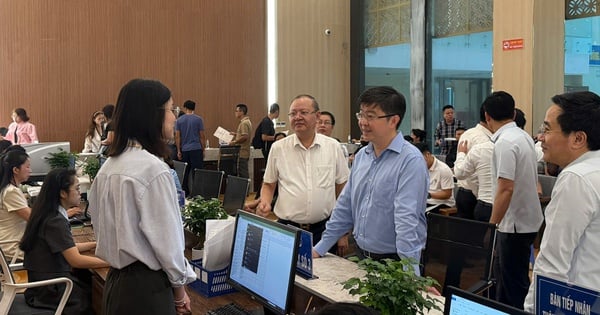



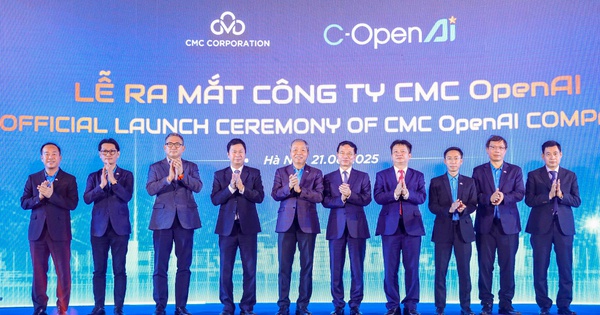
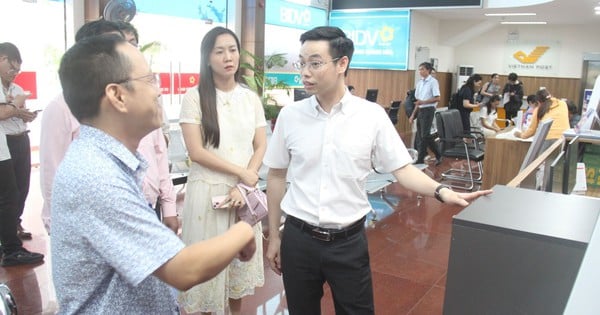
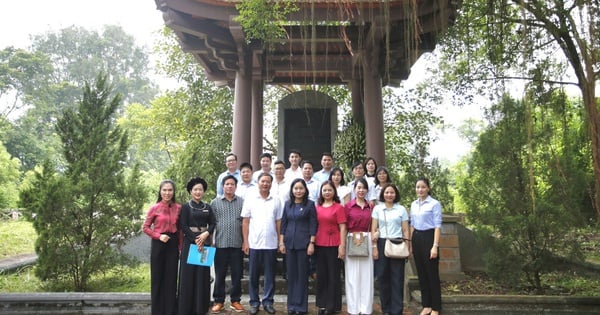








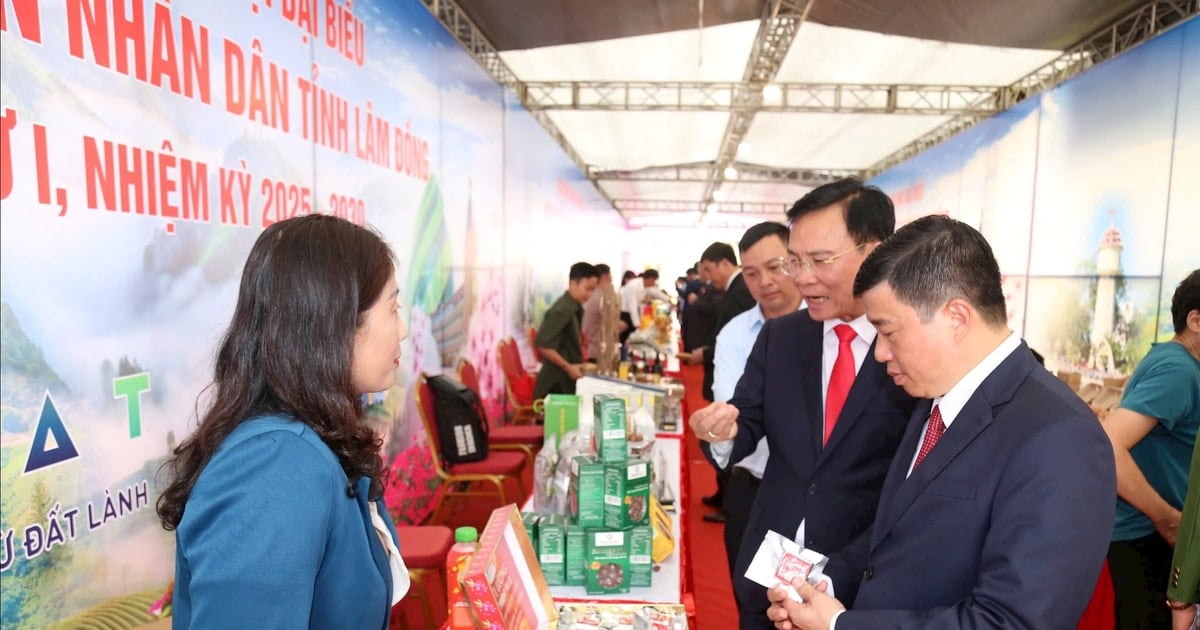








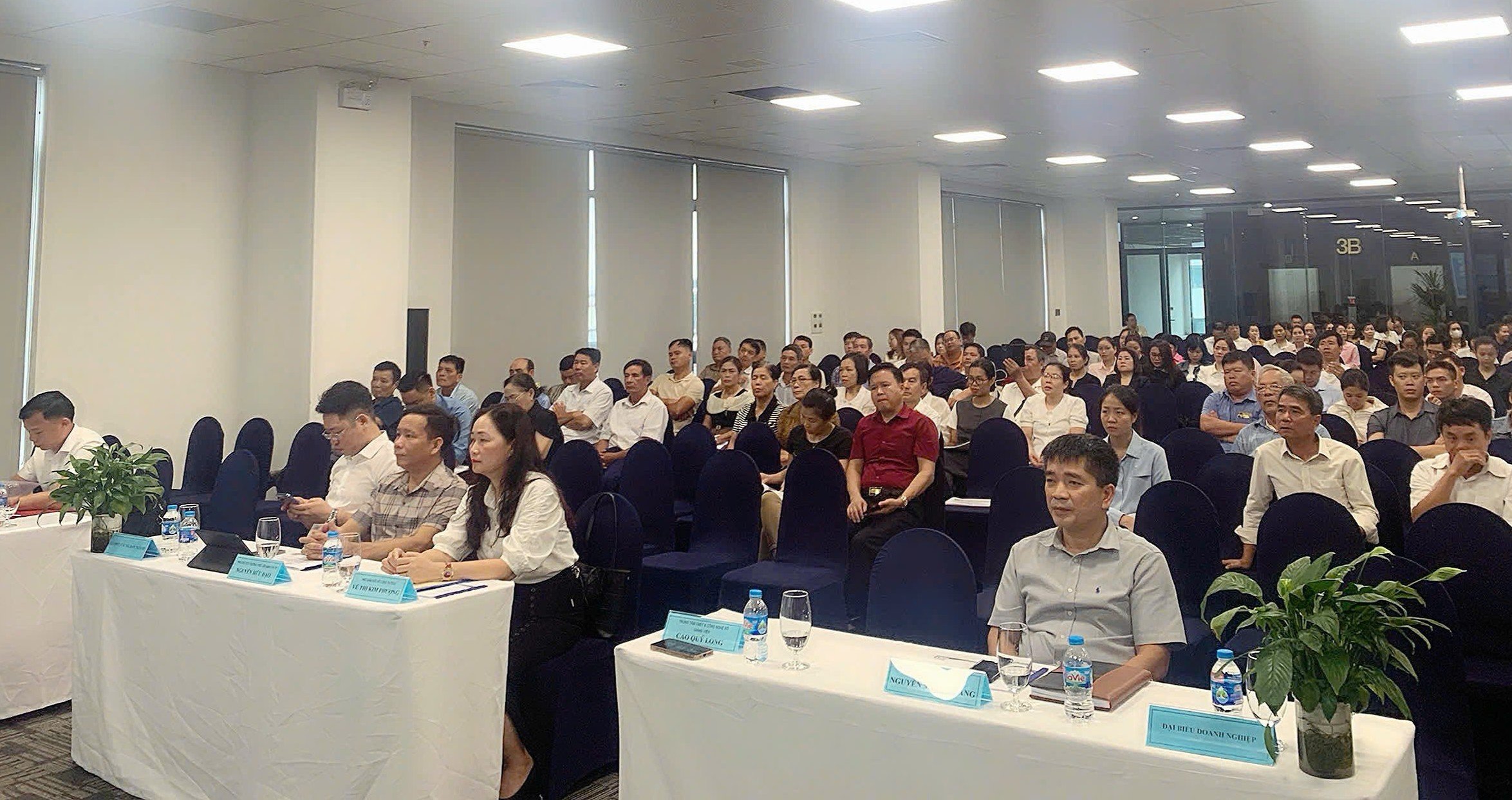






Comment (0)